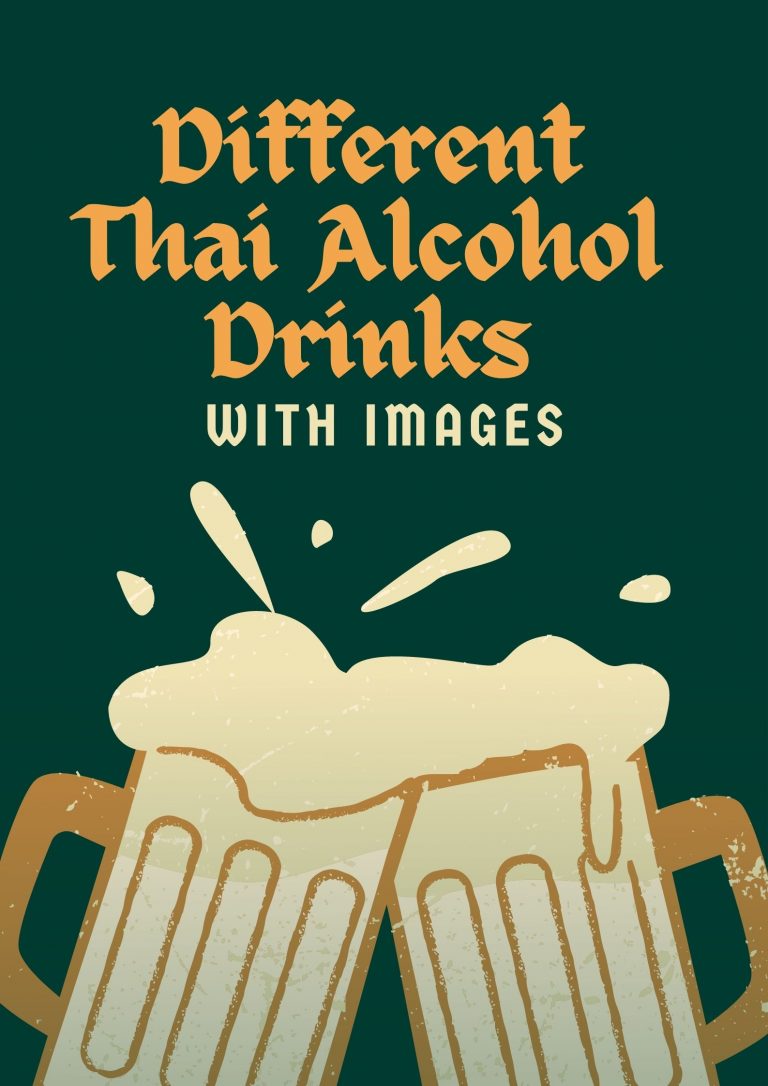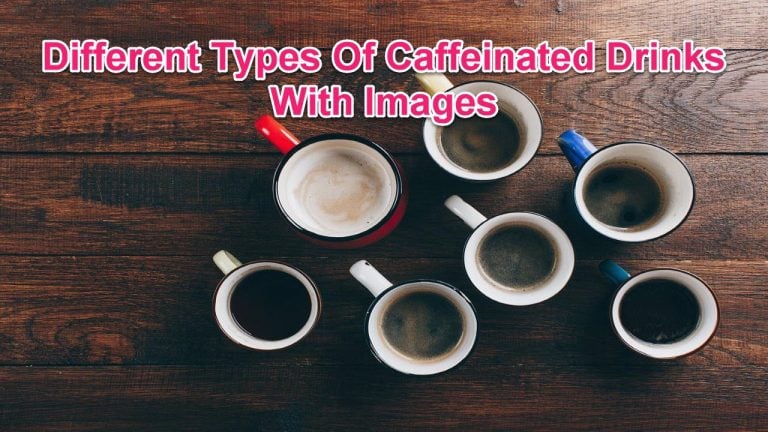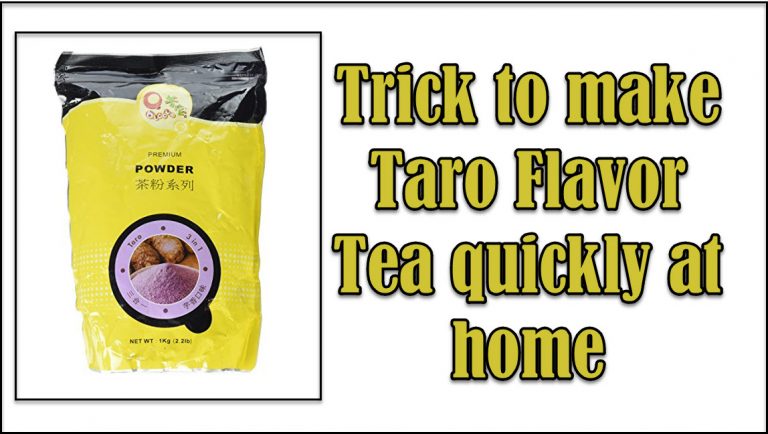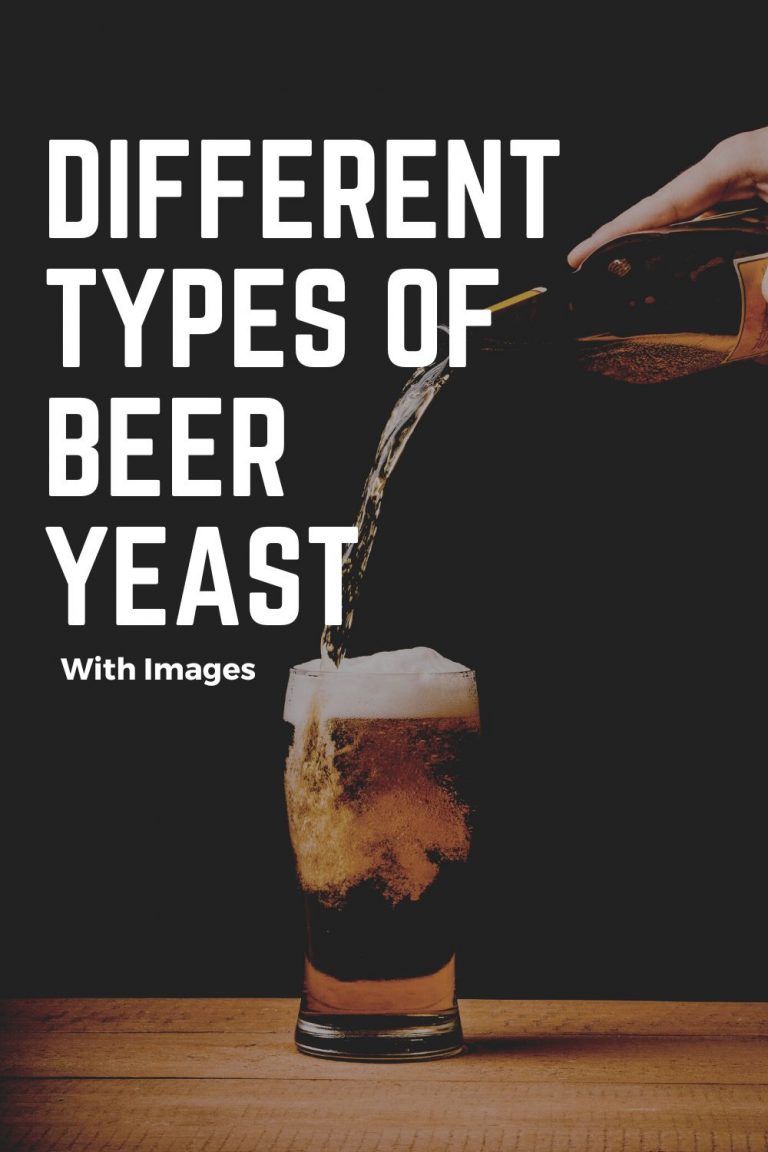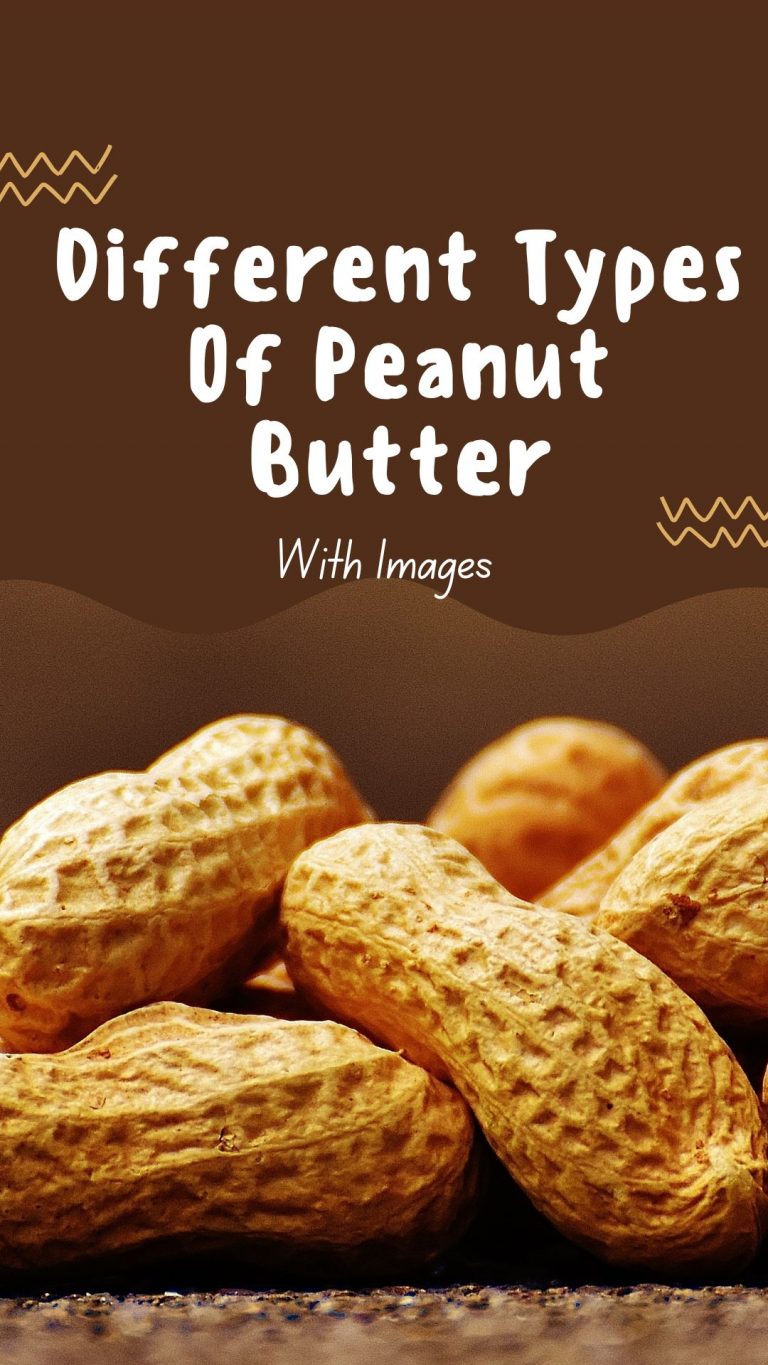10 Different Types Of Whiskey With Images
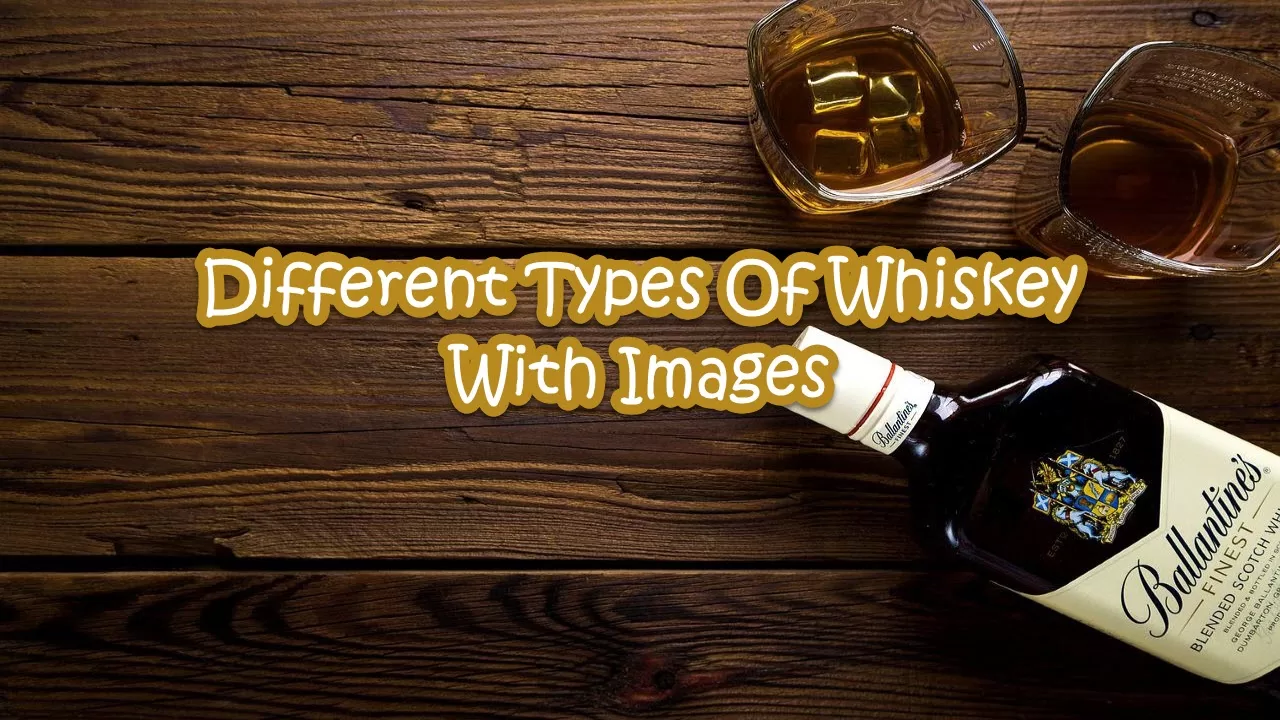
Whiskey or whisky is a distilled liquor made from a fermented mash of cereal grains. Different kinds of grains are used to produce different types of whiskey such as rye, corn, wheat, barley and other grains. This spirit distilled is commonly aged in wooden containers or wooden casks that are made of charred white oak (charred oak containers or charred new oak barrels).
The name whiskey comes from the Latin phrase aqua vitae, which means water of life. The first whiskey or whisky is believed to be manufactured around 1494 according to the Scottish records.
The types of whiskey produced in each country vary depending on the method the liquor is produced, the type and characteristics of the cereal grains and water being used. Thus, whiskeys can be classified as straight whiskey and blended whiskey.
Straight whiskey (straight whisky) refers to an additive-free American whiskey aged in new charred oak barrels for two or more years at a concentration not more than 62.5% at the beginning of the aging process. On the other hand, blended whiskey (also spells as blended whisky) is made from a combination of different whiskey products from different distillers.
Types Of Whiskey
How Is Whiskey Made?
Different types of whiskeys are made using different production method. But most of the varieties go through the six stages of production. These are malting, drying, mashing, fermentation, distillation, and maturation.
MALTING
The malting process is to put the barley in natural water for 2-3 days to facilitate germination of malt. Once the bud is an inch in length, it’s about time to proceed to the next stage which is to dry the malted barley.
DRYING
Drying is a critical stage in creating the taste of the whiskey. In this process, malted barley sprouts are placed into an oven and heated with peat. The peat produces more smoke than heat when burning.
MASHING
To make use of most of the malted barley, all grains are mashed and grounded. This process aims to mill more grains in order to produce more sugar for the fermentation. Therefore, a higher amount of alcohol necessary for a spirit to be considered whiskey (a minimum of 40% AVB) will be obtained.
Afterwards, the milled malts and grains will be transferred to a distiller filled with hot water to create the must.
FERMENTATION
When the created must reaches 70 degree Celsius, an amount of yeast is added in a distiller for the fermentation. In a minimum of 72 hours, the sugar from the milled grains and malts should be converted into sugar, creating a sweet drink with about 9% of alcohol content.
DISTILLATION
Once the impurities and dirt are removed from the fermentation product, the sweet beverage will then be transferred to an alembic and will be filtered twice. The first distillation should produce about 20% alcohol while the second one is around 64%. Once the second distillation process is done, pure water will be added for the drink to reach the required 40% alcohol content after the aging process.
MATURATION
After the distillation process, the liquid will be transferred in barrels to incorporate colors and flavors. It takes at least 3 years to age the liquid in order to reach the spirit it needs to be called whiskey. It may also take 8 to 20 years in order to produce a good whiskey.
And as mentioned earlier, the whiskies taste varies depending on which country it is produced, the type of grain and water used, and the stages of production it went through. If you drink whiskey, this should be the right time to get acquainted with the different types of whiskey (unless you already got to know them).
These distilled spirits may be spelled differently depending on the location (whiskey in Ireland and America, and whisky in Scotland, Canada, Japan, and India), but all these are distinctively delicious and irresistible. Here are some of the popular whiskies you must try.
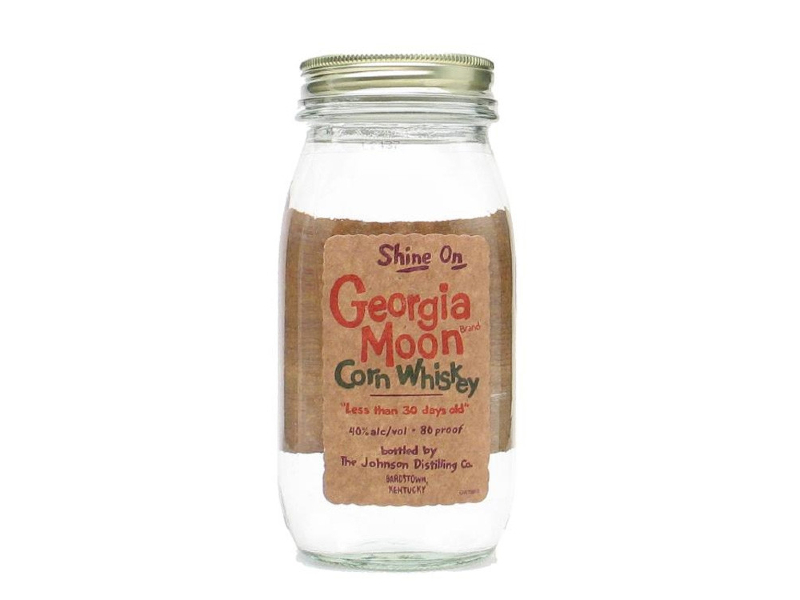
CORN WHISKEY
As the name suggests, this liquor is an American whiskey made from a mash or at least 80% corn. Corn whiskey goes through a traditional mash process, and distilled to a maximum strength of 80% alcohol by volume, with either a clear or brown color.
Unlike most American whiskeys, corn whiskey is not required to be matured in wood, but either in uncharted or recycled oak barrels. And the liquor should be barreled at lower than 62.5% ABV.
One example of a corn whiskey is called bourbon whiskey. Bourbon whiskey is made from a minimum of 51% corn which is aged in a new oak barrel and manufactured in the state of America.
The aging process for corn whiskey is shorter compared to other varieties, around 6 months or less. And to produce a variant called straight corn whiskey, the whiskey should be stored in previously-used or new oak containers for around 2 years and above.
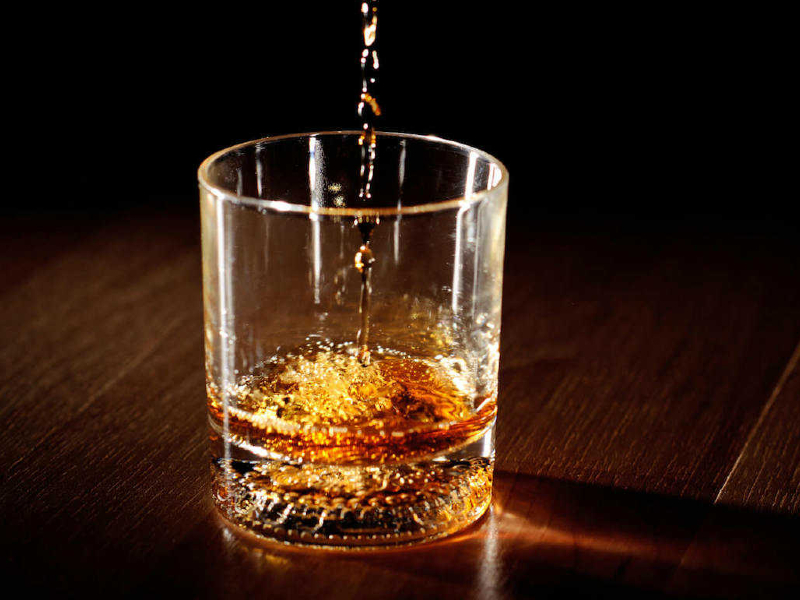
GRAIN WHISKEY
Grain whiskey or grain whisky refers to any whiskey made from grains like maize, rye, and wheat. It usually contains some malted barley to create enzymes relevant for mashing, especially if the whiskies are produced in Scotland or Ireland.
In these countries, grain whiskeys are normally distilled in an uninterrupted column still in a way that creates greater percentage of alcohol by volume, but has less flavorful spirit compared to the whiskey obtained from pot stills. Thus, grain whiskey is used to mix with malt (single malts) or single pot still whiskeys to produce blended whiskies.
But when grain whiskies are well-aged and made at the same distillery, they are released as single grain whisky. Otherwise, categorized as blended whisky once combined with spirits from multiple distilleries.
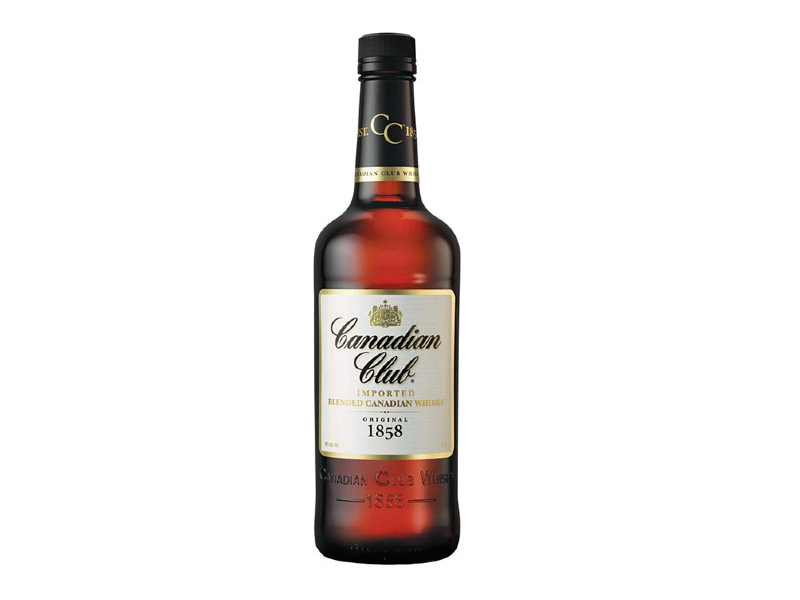
CANADIAN WHISKEY
Canadian whisky is a type of whisky manufactured and produced in Canada. Most Canadian whisky are blended multi-grain liquors that contain a large amount of corn spirits. These whiskies have lighter and smoother flavor notes compared to other types of whiskies.
Some Canadian distillers started adding small amounts of rye grain to their mashes. As a result, consumers demanded the whisky flavored with rye and later on, the name of the two whiskies (rye whiskies and Canadian whiskies) are used conversely in the country.
One of the popular Canadian whiskeys is the crown royal.

JAPANESE WHISKEY
Japanese whisky is a type of whisky manufactured and produced in Japan. Japan started to produce whisky around 1870 but the first commercial whisky production was made during the opening of the country’s first distillery in Yamazaki, in 1924.
Japanese whisky is patterned after the scotch tradition, and either double distilling malted or peated barley before maturing in wood barrels. Unlike bourbon and American straight rye whiskey, Japanese whiskies are likely to be smokier, drier, and peatier. And they come as single malts or blended whiskeys.
Suntory and Nikka are two best-known Japanese whiskies and are most widely available.
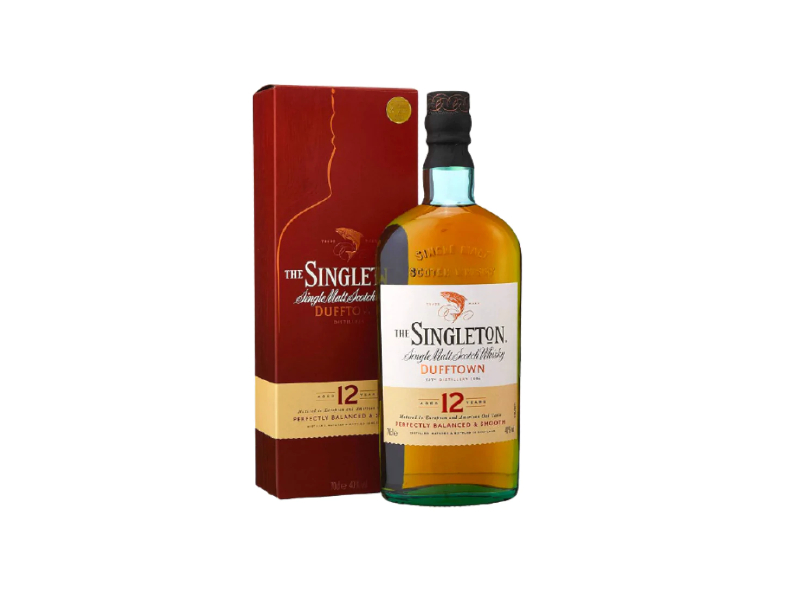
SINGLE MALT WHISKEY
Single malt whisky is a type of whisky produced in a single distillery. It is also associated with single malt scotch even if produced in different countries. Single malt scotch whisky must be exclusively from malted barley and be distilled using pot stills at a single distillery.
Additionally, it must be aged in oak casks for at least 3 years, with a capacity not more than 700 liters. The addition of E150A caramel coloring is allowed though.
One of the best single malt whiskies widely available is the Aberlour 16. It has the best flavor combinations of sherry cask maturation and bourbon.
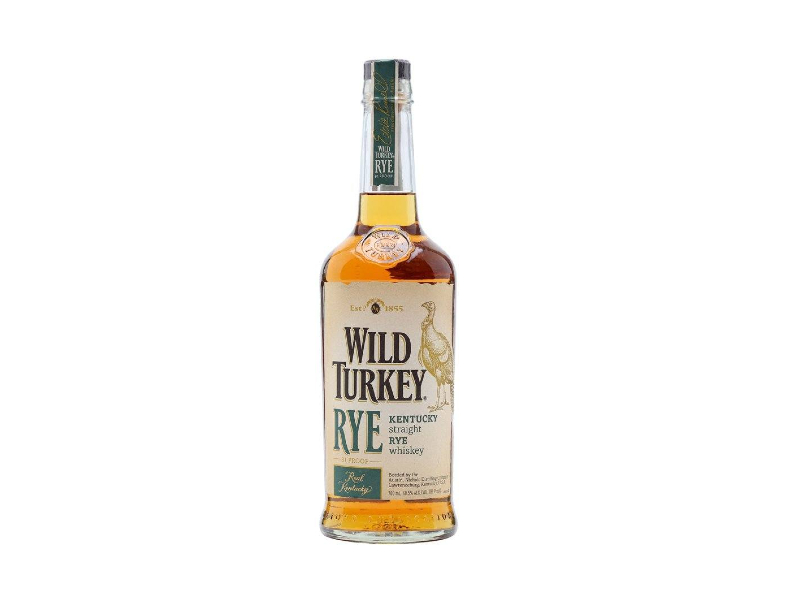
RYE WHISKEY
Rye whisky is an American whiskey distilled from at least 51% rye grain. This type of whisky is known for its smoky flavor and pepper bite. Rye whiskeys are perfect for sipping, especially those varieties that are distilled in charred barrels and aged for at least 4 years.
Rye whiskey is also considered as a healthy whiskey as it contains ellagic acid, an antioxidant that helps prevent the risk of cancer.
Among the best rated rye whiskies are Woodford reserve rye, wild turkey 101 rye whiskey, and New Riff Rye Whiskey.
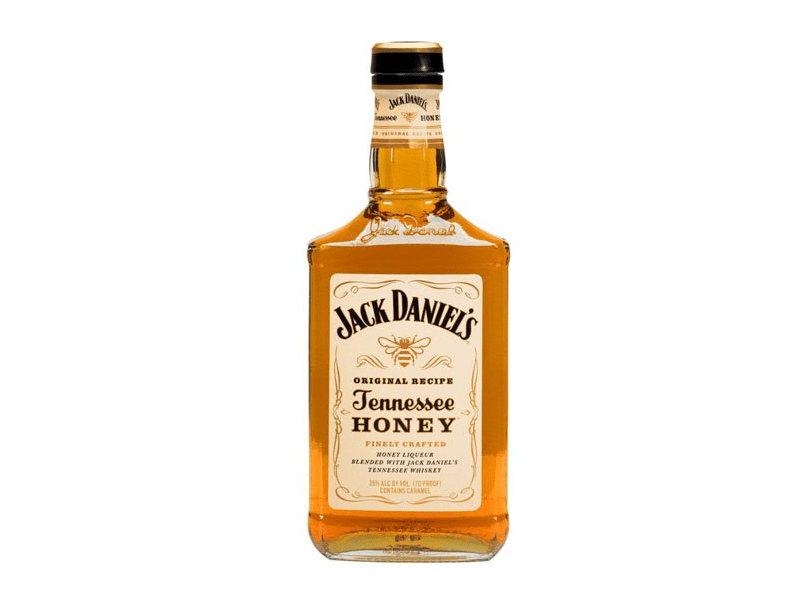
TENNESSEE WHISKEY
Tennessee whiskey is technically a bourbon made from 51% mashed corn, matured in charred, new oak barrels, and bottled in a minimum of 40% ABV.
However, distillers lay out their product as Tennessee Whiskey, in accordance with the state-defined regulations that their whiskey has gone through the filtering procedure called the Lincoln County Process before aging.
The Lincoln County Process is known to give a mellow and soft flavor to the whisky without a sharp alcohol taste.
Jack Daniels was the first Tennessee whiskey distillery, in 1866.

IRISH WHISKEY
Irish whiskey, Irish uisce beatha which means water of life, is a whiskey made on the island of Ireland. It was first introduced in the 13th-15th century, and was once the most popular spirit in the world.
As per Pot Still, the first Irish whiskey production was recorded in 1405 with grapes as the base. Later on, its whiskey production used grain for the base which were distilled in small pot stills.
Though Irish distillers faced incredible hardships in the field of whiskey production, Irish whiskey has relished a recovery. In 2013, there were only 4 active Irish distilleries, but as of the present, 24 distilleries are in operation.
Their whiskies are made of cereal grain, a mix of malt and un-malted barley. Their whiskies also undergo a triple distillation process to bring out Irish whisky’s signature profile.
Irish whisky is aged for at least 3 years in a wooden cask, after three times distillation. This process produces a smooth and silky liquor, with a minimum alcohol of 40% alcohol by volume when bottled.
Irish whiskeys are classified into 4 variants, namely, pot still Irish whiskey, malt Irish whiskey, grain Irish whiskey, and blended Irish Whiskey.
One of the most popular Irish whiskey is Jameson.

INDIAN WHISKEY
Indian whisky is a form of Indian-made foreign liquor, normally blended based on neutral grain spirit. This type of whisky is often distilled from fermented molasses having a small amount of traditional malt whisky, which is around 10 to 12%. Some distillers though add malt or pre-made scotch to add some twist to their distilled liquor.
Indian whisky is labeled as rum when drunk outside India.
Compared to other countries, the aging period in India is shorter and the usual ingredients being used in making most Indian whiskies do not meet the EU standards. Thus, it failed to be labeled as whisky on the international market. But in an effort to meet the international regulations, distillers modify their staging process. Now, Indian whiskies are among the multi-award winning selections worldwide.
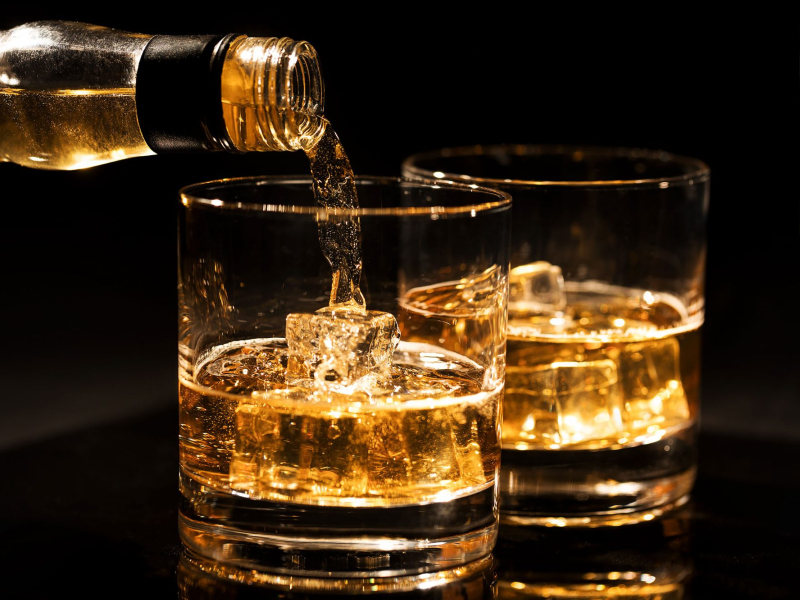
SCOTCH
Scotch whiskey is either a malt whisky or grain whisky, and is produced in Scotland. Originally, all Scotch whisky was made from malted barley. But in the late 18th century, commercial distilleries started to introduce whisky made from rye and wheat.
Scotch drinkers definitely love this whisky due to its distinctive smoky taste which is aged at least 3 years in barrel, and bottled with a minimum of 40% ABV.
Scotch whisky can be Single Malt Whiskey, Grain Whisky, and Blended.
And in order for the distilled liquor to be labeled as scotch whiskies, it must be manufactured and produced from Scotland.
Some of the famous scotch whisky brands are Johnny Walker, Chivas Regal, Islay Scotch, and William Peel.
FREQUENTLY ASKED QUESTIONS
The widely patronized whiskies are from Scotch, USA, Ireland, Canada, and Japan.
Smoked whiskies’ taste still depends on the type of wood used. Using Applewood bisquettes to smoke whisky will produce a whisky with a fruity flavor of apples.
Irish whisky is known to be among the earliest distilled drinks in Europe, and it is believed that Irish monks invented the whiskey which the refer to as elixir or uisce beatha.

